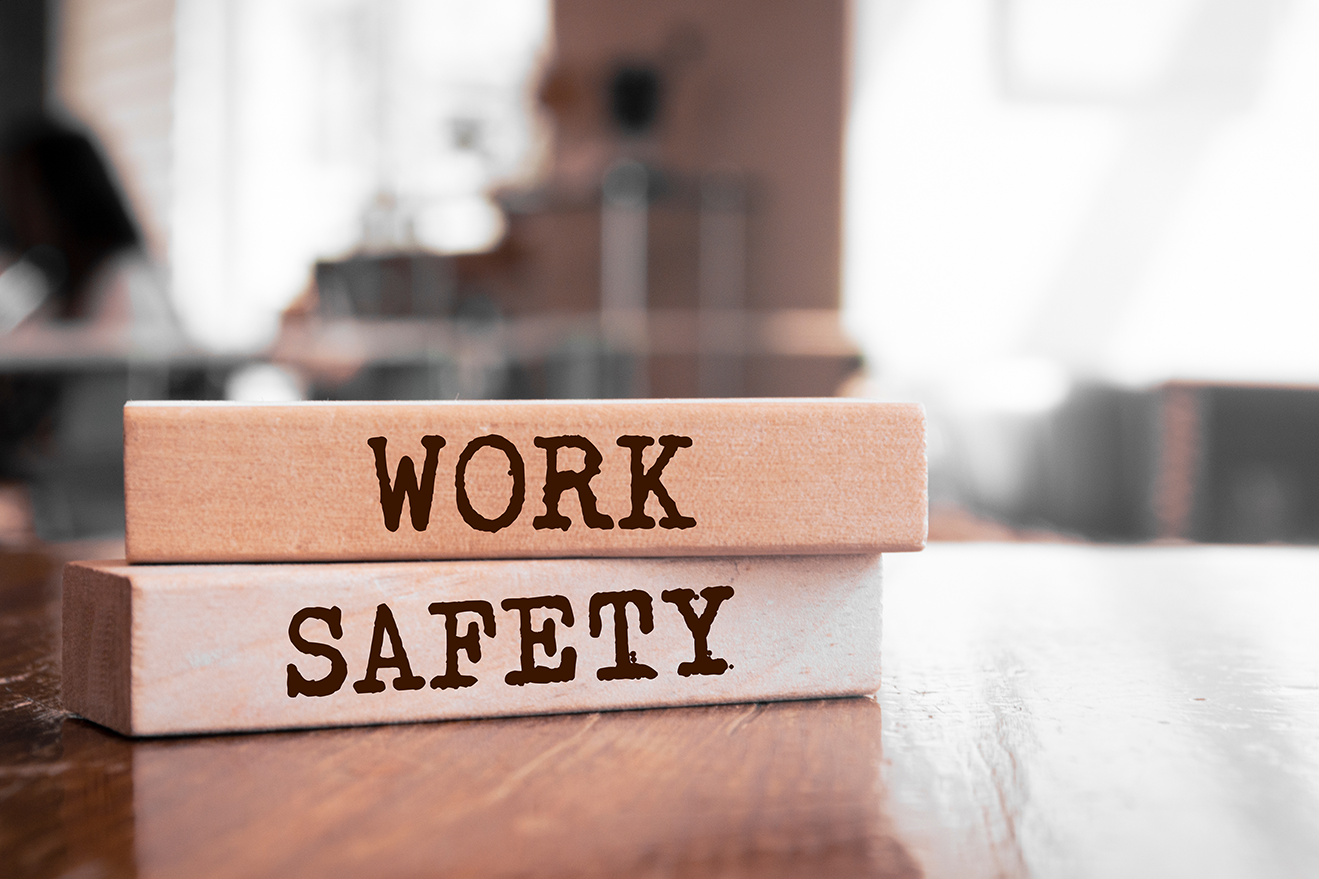
How to put zero injury theory into practice
Theories and models to explain human behaviour help us understand what motivates people in given situations. The work environment is a complex mix of mediating and moderating factors influencing how people behave. It’s not always easy to control every variable and apply theory to the real world.
What makes a good theory?
A good theory in work psychology is an organised collection of ideas that specify the precise behaviours, thoughts and/or feelings it is designed to predict and the individual and situational factors which may influence them. Take job satisfaction for example, does giving a pay rise make people happier in their job? You’d like it to be that simple but there are individual differences that you have to take into consideration.
Each person will have their own personal thoughts about the pay they receive dependent on their current life situation. If someone has a big mortgage or child off to university they may be more concerned by the amount of pay that year. If someone believes that their salary is sufficient for them to live, a pay increase isn’t so exciting because the most influential factor in how happy they are is the social side to their work environment.
So a management decision to grant a pay rise but move people into solitary roles and reduce the number of staff will cause different reactions. Those people motivated less by money will look elsewhere or become unsatisfied in their role despite the salary increase, and others with kids at university will stay and put up with the extra burden because money is a necessity.
As you can see; what seemed like a common sense theory at first, isn’t quite so simple in practice when you take into account human behaviour and individual differences.
The theory of zero injuries
In culture assessment focus groups, we ask if it’s possible to prevent all injuries and the response is often polarised depending on where they are in the maturity of their site’s culture. We hear things like “in theory it might be but not in practice”. They often understand the need for a zero vision but they can’t see how this could possibly manifest into reality.
So the idea of zero is a good one but it’s not clear how to get there. To make this a good theory, one that actually reflects reality, we must explain the behaviours we would expect or predict if you reached the zero target.
We know that in cultures where zero is believed to be achievable you must have the right people in place, with the right attitude and education level who understand how their work environment interacts with people. They must have the right tools and enough time and man power to do the jobs without undue pressure to take short-cuts. There must also be a process for staff to learn from one another, to widen their experience and prevent injuries rather than just waiting for them any sense of control.
From a psychology perspective, if a site only has a few minor injuries on their recent record or even no injuries at all, we can then expect to see all the above factors in action. A site where people contribute productively towards achieving zero injuries in a positive way without fear of losing their bonus if an accident happens beyond their control is a happier, healthier work environment for all.



